Arguably, the most crucial element of resource management is accurately capturing how much time your team spends on each task and project. The time spent links directly back to a campaign or project’s timeline, your team’s productivity, and ultimately, the bottom line.
When sharing RoboHead’s time tracking features with clients, we often hear “We don’t track our time, but we know we should.” or “It’s a big challenge for us to implement.” To us, this is an opportunity to share and show how technology can change the processes, and work culture, that will ultimately make people happier.
If you’re ready to make this change, RoboHead can make it easy to prepare your team and set up your account for proper and efficient time tracking. Of course, if you have members on your team that aren’t sold on the benefits of time tracking, then you should probably start by reading one of our blog posts that helps explain the benefits of time tracking to your team.
When it comes to implementing time tracking for your team, in RoboHead specifically, we recommend leveraging a combination of project templates and estimated time for tasks. In RoboHead, account administrators can provide an estimated time for each task associated with a project template. This approach has multiple benefits:
• First, project templates allow you to create projects and assign tasks (and subsequent time allocation) to your team much faster because you are not starting from scratch, but from an established, known project plan.
• Second, the use of estimated time for each task provides team members an idea of how long each task should take. (Side benefit, you can use the actual time spent versus the estimated time spent as a way to identify strengths or areas of improvement for each team member.)
• Third, this information feeds into RoboHead’s Resource Allocation view so management can see the available bandwidth of each team member prior to their assignment to the project.
An intermediate step.
Once the estimated time is added to the Project templates, each team member is still expected to mark their tasks complete when finished — this is so all reports being produced are accurate. Tasks are either completed ahead of schedule, on time or late, which is information that’s being tracked in RoboHead. Reports can be created to show if your team is getting work done according to your estimated schedule, and if not, RoboHead includes a “slippage” report that can track the number of days that a task was overdue when completed. Our reports can drill down even further, for example, it’s not uncommon for a task’s due dates to change during project execution. When this occurs, RoboHead has reports that track the first due date versus the actual final due date if changed.
Using “estimated” time is not as accurate as actual time, but RoboHead provides the flexibility to update task times to make them more accurate. For example, if you have a task that team members are commonly unable to finish on time, you’re probably not allocating enough time for the task. Once you’ve uncovered that finding, you should increase the estimated time it takes to complete the task so it’s fair and more accurate for tracking the performance of your team.
Utilizing this intermediate step of using estimated times instead of actual will still provide valuable insight into team and individual performance. It should also prepare them for the next logical step of tracking their actual time.
When it comes to implementing and getting “buy-in” from the team, this intermediate step should give you time to show that you are not Big Brother and that time tracking is not a form of punishment. Share the data and reports that show the team’s high performance, but also where improvements are needed. But remember, improvements include changes to processes and workflow and not just individual performance.
As our previous blog post stated, “change management best practices dictate that any significant change is best communicated in a dialogue format, not a top-down directive.”
Just think, when the time comes that you must implement time tracking, having data along with the dialogue might make this transition even easier.
RoboHead Is Here for You
As always, we are listening to our valued customers to learn how RoboHead can help solve common project challenges. If you are experiencing any issues or need help implementing RoboHead’s time tracking features, our team is standing by and ready to help.
Don’t hesitate to reach out.
